The air defense system of Slovakia. Will the modernization of the C-300PMU will take place?
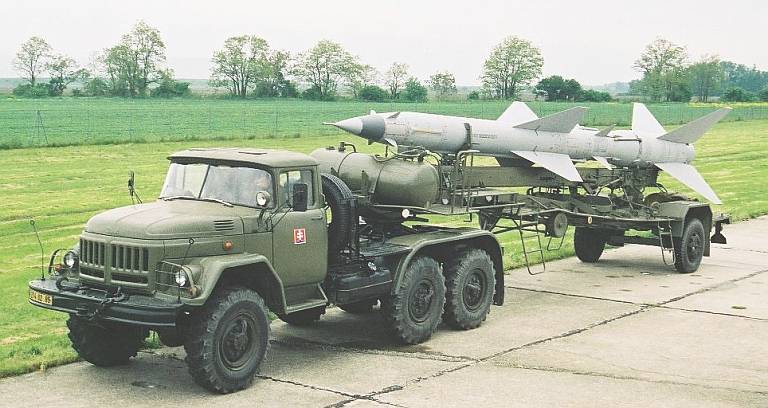
Lighting of the air situation was provided by three radar companies of the 65th separate radar battalion with headquarters in the village of Mirovo. In addition, as part of the 14th tank the division had the 10th anti-aircraft missile regiment, equipped with the “Kub” medium-range mobile air defense system, the place of permanent deployment of which was the city of Poprad.
Anti-aircraft missile forces of Slovakia
Given the fact that the lion’s share of anti-aircraft missile systems and radar stations remained in the Czech Republic, the Slovak leadership raised the issue of compensation. During the negotiations, the Slovaks succeeded in transferring to them the most valuable part of the socialist military legacy: the only anti-aircraft missile division C-XNUMPPMU and two three-coordinate radar ST-300U. The Slovak Republic also received two regimental sets of medium-range “Kub” military air defense systems and a short-range Strela-68М air defense system.
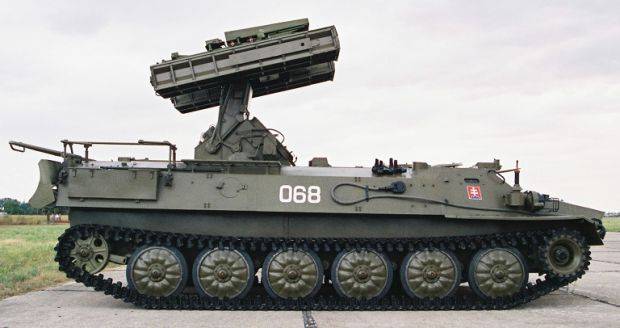
In contrast to the Czech Republic, the operation of the first-generation Soviet anti-aircraft missile systems in the Slovak air defense forces lasted much longer. If the Czechs parted from C-75М3 and С-200ВЭ to 1999, and from С-125М1А to 2001, then in the Slovak Republic C-75М3 and С-125М were listed in combat strength up to XNXX They carried combat combat duty until 2007, after which the main part of the complexes was moved to the storage bases and deployed only periodically during exercises.
After Slovakia joined NATO and renamed the Air Force and Air Defense of the Army of the Slovak Republic into the Air Force of the Armed Forces of the Slovak Republic, the country's leadership decided to abandon the outdated Soviet-made single-channel air defense systems. At the same time, the S-300PMU multi-channel long-range air defense system, part of the Kub mobile defense systems and Strela-10M air defense systems remained in service. Unlike the armed forces of the Czech Republic, the Slovak military department did not substantially modernize the existing Kub air defense missile systems. At MSM Banská Bystrica, which in the past was engaged in repairs aviation equipment, maintenance and current repair of the Kub and Strela-10M air defense systems were established. Here, the restoration of mechanical components and individual electronic units was carried out. This allowed to extend the life of Slovak mobile air defense systems, but at the moment there is a need to replace them. The latest Strela-10M combat vehicles based on the MT-LB light-armored tracked tractor were decommissioned in 2018, and the remaining Cubic air defense systems are scheduled to be decommissioned in 2019.
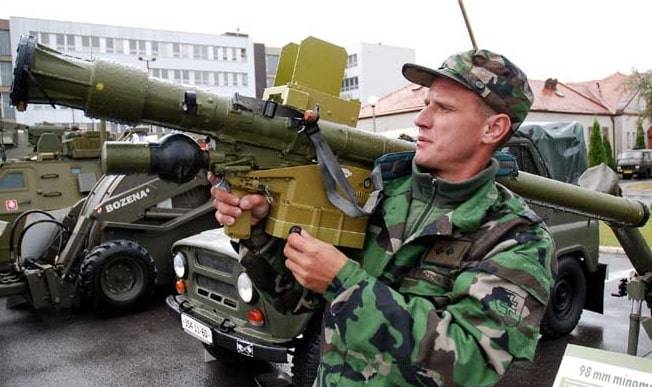
In 1996, Slovakia received the 72 man-portable 9K310 “Igla-1” anti-aircraft missile complex to repay Russian debt. Compared with the Strela-2М portable anti-aircraft missile system assembled in Czechoslovakia, the Igla-1 portable complex has better noise immunity, a higher probability of hitting the target, has a launch range of up to 5200 m, and reachability of 10-3500 m.
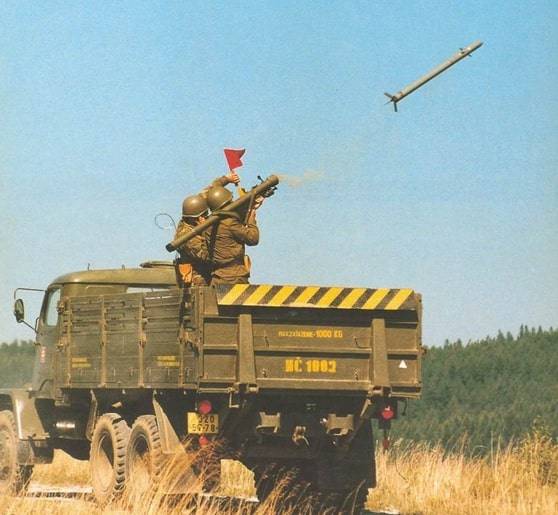
The Slovak Army, along with the Igla-1 complexes, operated Czechoslovak-made Strela-2M MANPADS. Due to the presence of a significant stock of anti-aircraft missiles and disposable electric batteries, until recently, Slovak calculations quite often carried out training and firing.
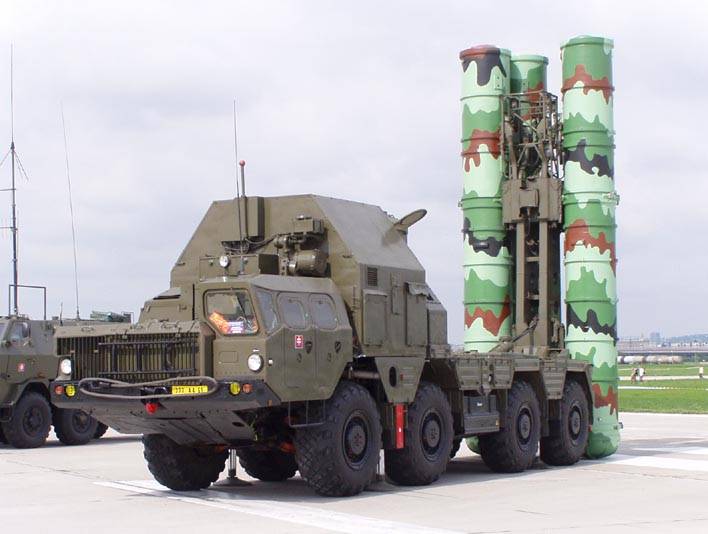
At the moment, all the Slovak anti-aircraft missile systems are consolidated into an anti-aircraft missile brigade named after Tobruk's defenders. This military unit was created on the basis of the training center of the air defense forces in the city of Nitra and the 13-th anti-aircraft missile regiment. After a series of reorganizations and renames, it became the 2 zrbr, which was informally called the Nitra Air Defense Brigade. From 1 October 2002, the team has the current name. The only Slovakian zrbr before 2007 included divisions equipped with C-125М and С-75М3 SAM systems. In 2005, a “Kubov” anti-aircraft missile regiment stationed in Roznava was transferred to the brigade.
In the guidelines of the Slovak Ministry of Defense, the following tasks are assigned to the anti-aircraft missile brigade:
- protecting important political, economic and economic centers from air attack assets, maintaining sovereignty and preventing unauthorized intrusion into the airspace of the Slovak Republic;
- provision of air defense ground units;
- training of personnel for participation in the peacekeeping mission in Cyprus.
According to the reference data, as of the second half of the 2018 of the year, the Slovak air defense brigade has 1-i and 2-i anti-aircraft missile groups. The first group consists of one long-range air defense missile system, C-300PMU, and the fourth includes four batteries of the Kub air defense system. All portable Igla-1 complexes available are consolidated into the MANPADS section.
After gaining independence, the Slovak military had the opportunity to conduct training shootings of the Kub air defense system only in 2002. Real launches of anti-aircraft missiles at air targets took place at the Ustka training ground in Poland. In the future, such shooting was repeated almost every year, but they did not always go smoothly. 19 August 2003 of the year in the airspace of the Ustka landfill with an anti-aircraft missile 3М9М3Е launched from SPN 2P25, the Polish Air Force fighter-bomber Su-22М4 was shot down. The pilot managed to successfully eject, and two hours after the incident he was picked up from the surface of the Baltic Sea by a search and rescue helicopter.
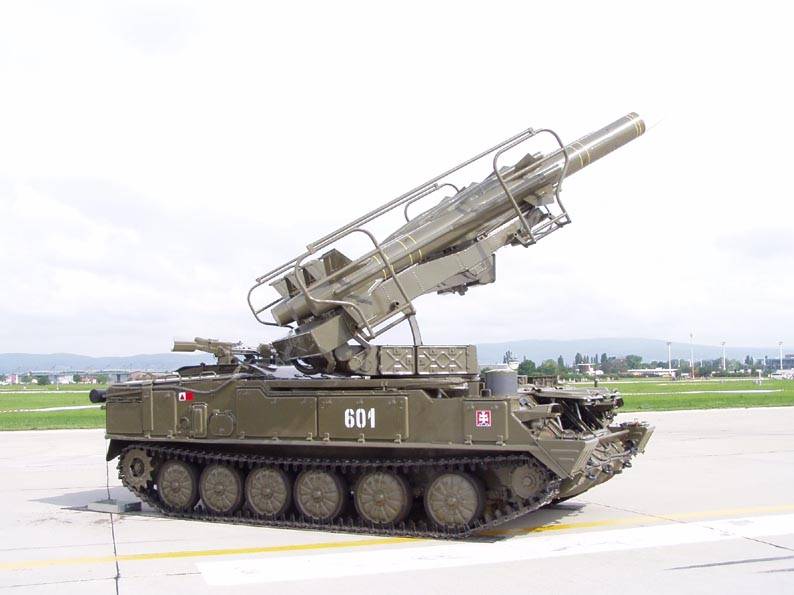
In open sources, it is said that Slovak “Kub” air defense missile systems are currently being withdrawn from service and will be disposed of. This is due not only to the high degree of deterioration of the complexes set up in the middle of the 1980, but also to the fact that the Slovak army exploits the 3М9М3Е anti-aircraft missiles received by Czechoslovakia in the middle of the 1980's. Technical reliability of missiles with repeatedly expired shelf life is doubtful. In addition, 2 group personnel have to make heroic efforts to maintain the equipment of the reconnaissance and guidance stations in working condition. In the past, the American company Raytheon and the European Matra BAE Dynamics Alenia offered their services for the modernization of the Slovak Cubes. However, due to the deficit of the defense budget and the imminent end of the life cycle of the “Kub” air defense system, their proposals were rejected.
The current status and prospects of the Slovak anti-aircraft missile system S-300PMU
At the moment, the only air defense system that is in permanent combat duty in the armed forces of the Slovak Republic is the Z-XNUMPPMU air defense missile system, deployed at a position in 300 km west of the city of Nitra.
The C-XNUMPPMU anti-aircraft missile division has been the pride of the Slovak Air Force for a long period of time. Elements of the C-XNUMPPMU were regularly displayed at exhibitions of equipment and weapons and participated in military parades.
The Slovak division of the C-300PMU not only covers the capital Bratislava from the east, but it is also used for training, during which NATO combat aircraft learn how to break into an air defense system built on Soviet and Russian-made complexes.
In the past, C-300PMU conducted live firing at the Shabla training ground in Bulgaria. The latest Tobruq Legacy 2016 exercises involving the Slovak anti-aircraft system C-300PMU took place in September 2016. More than 1250 troops from NATO countries took part in them.
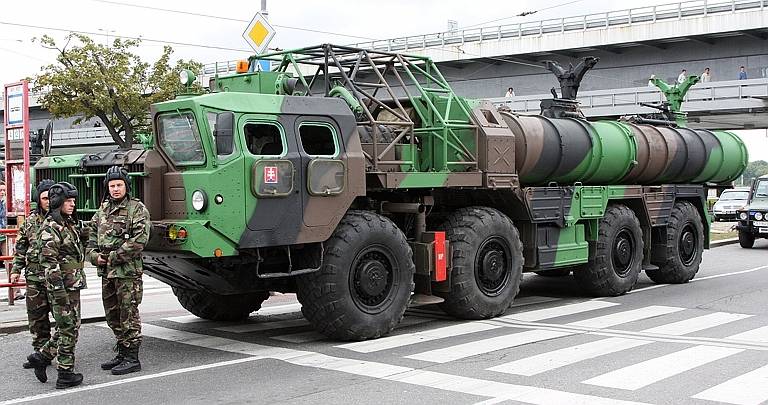
The photographs of the Slovak C-300PMU published recently show that self-propelled launchers 5P85C and 5P85D instead of the standard four missiles usually have two missiles. Apparently, this is due to the lack of 5B55Р standard anti-aircraft missiles delivered in the 1990 year.
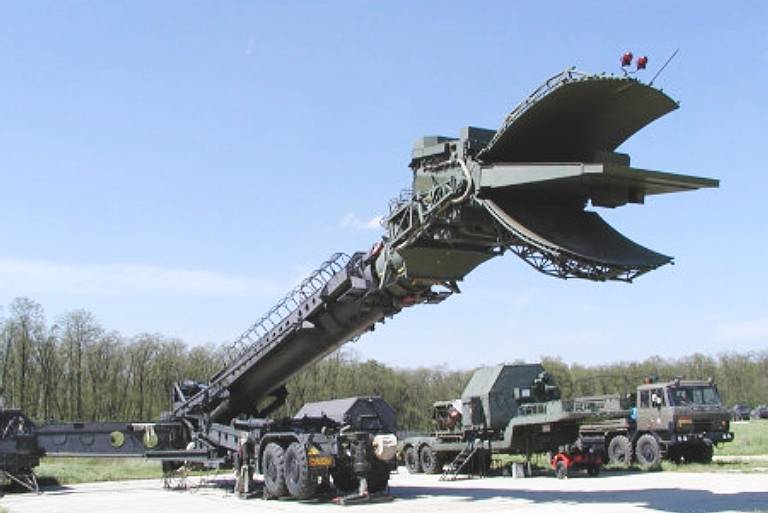
There is information that in the past, individual elements of the ZRS C-XNUMPPMU underwent maintenance at the enterprise MSM Banská Bystrica. At the beginning of the 300, Soviet-made KrAZ-2000 tractors used to tow the CT-260 radar and 68НХNUMX low-altitude detector were replaced by Czech Tatra 76.
In 2012, Slovak representatives began to probe the ground for a possible overhaul and modernization of C-300PMU in Russia. Also, the Slovaks expressed interest in replenishing the ammunition missile. Seven years ago, Slovakia did not manage to find financial resources to realize what was desired, and to the credit of our then leadership to improve the air defense system of a country that is a member of NATO, the Russian side refused to credit. Later, in connection with the well-known events connected with Ukraine and the imposition of sanctions against our country, the issue of modernizing the Slovak ZRS-P-XNUMPPMU was no longer discussed with Russia. However, in the very near future, Bratislava will have to decide: to write off the only long-range anti-aircraft missile system or to negotiate with the Russian side about engaging the Almaz-Antey concern to extend its service life. The solution may be repair and modernization work in another country. As is known, the restoration and modernization of Soviet-made anti-aircraft systems are carried out in Ukraine, Belarus and Kazakhstan. However, such work cannot be fully carried out without the participation of Russia, since these countries do not have their own capacities for the production of the necessary components, electronic products and anti-aircraft missiles.
Radar control equipment for Slovak airspace
Like the Czech Republic, there were quite a few outdated Soviet-made radars in the armed forces of Slovakia after the division of military property. In the middle of 1990-x all P-12, P-14, P-15, P-30М and П-35 radars were sent for recycling. Until recently, the P-19, P-40 mobile radars and the PRV-16 radio altimeters were used to issue target designation for the Kub air defense system.
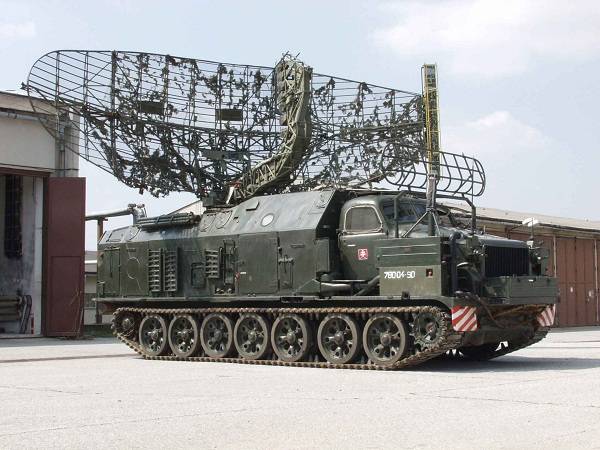
In contrast to the Czech Republic, in the Slovak radio engineering companies, P-18 stations are still operated. Moreover, these mobile radars of the meter range, with 2001, underwent a refurbishment and a partial replacement of electronic units with nodes with a new element base. The main enterprise during the cycle of repair work and "small" modernization was the former aircraft repair plant MSM Banská Bystrica. Here, in the 21 century, the P-37 and CT-68U radars were also repaired, which, after repair and renewal of a part of the element base, were designated P-37 MSM, ST-68 MSM. At the same time, according to the advertising materials presented by MSM Banská Bystrica, the analog equipment and other components, including waveguides, were partially replaced with modern digital equipment. MSM Banská Bystrica was engaged in repair and modernization activities in cooperation with the Russian manufacturer of radars, NPO Lianozovo Electromechanical Plant and the European Arms Consortium EADS.
Since 2006, all Slovak radio engineering units have been consolidated into the Command, Control and Monitoring Wing, with headquarters in the city of Zvolen. A total of 9 permanently deployed radar posts are deployed in Slovakia, which in the territory of the country with an area of 48 845 km² allows the formation of a radar field with multiple overlapping.
In the Radio Engineering Forces of the Slovak Air Force, as of 2018, the year had: 6 P-37 MSM radar with a range of detection of air targets up to 320 km, 2 ST-68 MSM radar with a range of up to 360 km, Czech radar 3, Czech-made RL-4AM Radar 200 MSM Radar 17 MSM XNUMX km range and three radio altimeter PRV-XNUMX.
It is reported that the modernized two-coordinate radar Soviet-made P-37 MSM and radio altimeter PRV-17 should be decommissioned in the 2020 year, and the three-coordinate ST-68 MSM in the 2022 year. Five years ago, the leadership of Slovakia and the Czech Republic agreed on a joint purchase of new ground-based radar stations. The relevant agreement was signed by the prime ministers of the Czech Republic and Slovakia. It was assumed that the parties will adopt a new mobile three-coordinate digital radar, created by the Czech company RETIA. However, these plans were not destined to come true. Currently, the Slovak authorities are considering options for acquiring radars in other countries. Among the favorites are the production stations: Lockheed Martin, Raytheon, Thales, BAE Systems and Elta Systems. The Slovak Ministry of Defense plans to acquire 17 three-dimensional radars with automated data transmission systems, and spend € 10 million on 160 for years.
The current state and prospects of development of the Slovak air defense system
Currently, the Slovak air defense system has very limited ability to counter modern means of air attack. The C-300PMU, which are listed in the Cube and the ZRS missile systems, due to their large deterioration and the long-overdue anti-aircraft missiles have a low combat potential, and their technical reliability ratio is very low. The most combat-ready ground defense system of the Slovak Army are Igla-1 MANPADS. But portable complexes have a small range of fire and a small reach in height.
Of the radars intended for lighting the air situation, the most recent are the RL-4AM Morad-L - delivered by 15 years ago. Radar RL-4AM Morad-L of Czech production with a detection range of up to 200 km was created on the basis of a model originally designed to regulate air traffic in the vicinity of airports and track civilian aircraft. In this regard, their characteristics do not fully meet the requirements for radars designed for issuing target designation of anti-aircraft missile systems and targeting fighter-interceptors.
At the moment, the provision of air defense of the country and the interception of aircraft - violators of the state border, is entrusted to the MiG-29AS fighters, of which 5-6 units are in operational condition. The arrival of the first American-made F-16V Block 70 / 72 fighters is expected no earlier than the second half of the 2022 year. In total, Slovakia should receive 14 F-16V Block 70 / 72, but their full combat readiness can be achieved no earlier than the summer of 2024.
Until this time, the Slovak Air Force will be treated with worn-out MiGs and rely on military assistance from NATO allies. February 15 The Czech Republic and the Czech Republic signed a cooperation agreement on mutual protection of airspace in Brussels between the Slovak Republic and the Czech Republic. The Slovak and Czech air defense structures are integrated into NATO's NATO air defense and missile defense system NATINAMDS. However, given the fact that the air defense capabilities of the North Atlantic Alliance countries have dropped several times in the years since the end of the Cold War, in the event of a full-scale conflict, Slovakia and the Czech Republic will have to rely only on their own forces.
- Linnik Sergey
- Czechoslovakia. Constructions that are not inferior to the best world analogues
Czechoslovakia. Post-war fighter aircraft
Saab JAS-39 Gripen versus MiG-29: rejection of the socialist legacy for NATO integration
Czechoslovak post-war anti-aircraft installations
Radar controls the airspace of Czechoslovakia as part of the ATS
Czechoslovak anti-aircraft missile forces during the Cold War
Czechoslovak army air defense during the Cold War
The current state of the Czech air defense system: modernization against the backdrop of a landslide reduction
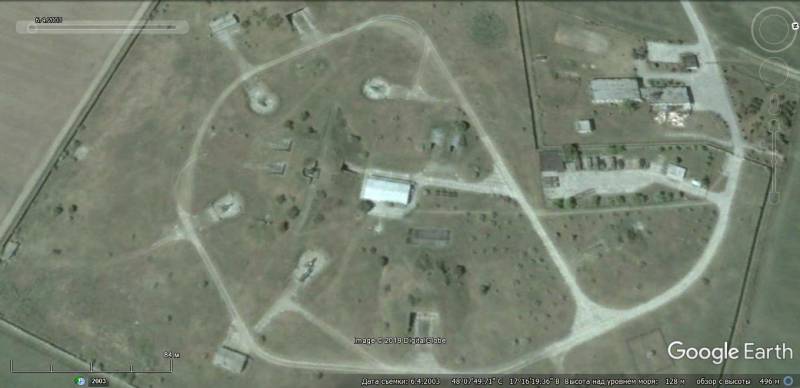
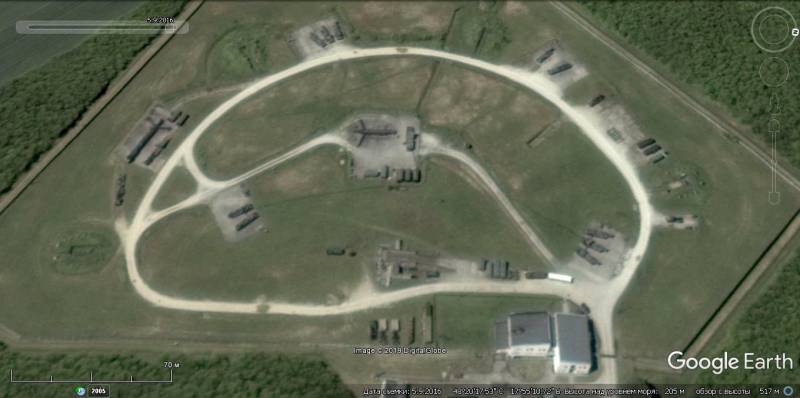
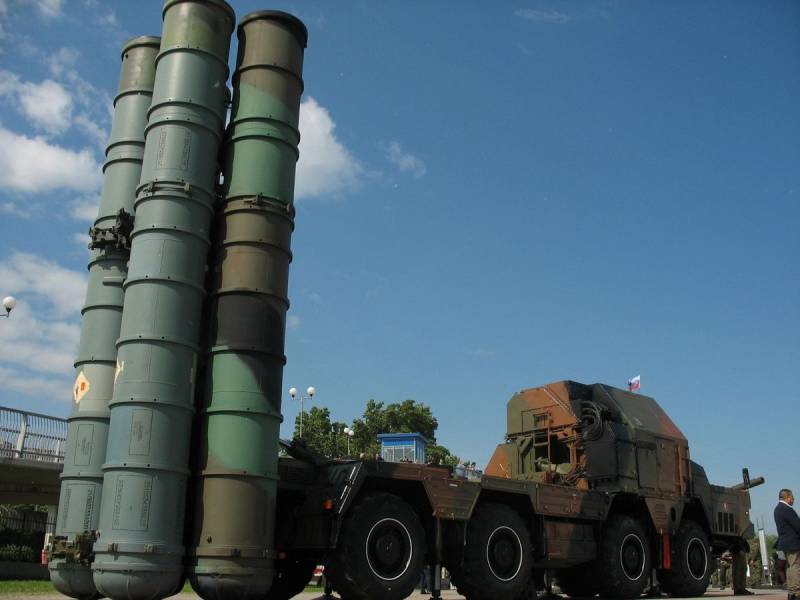
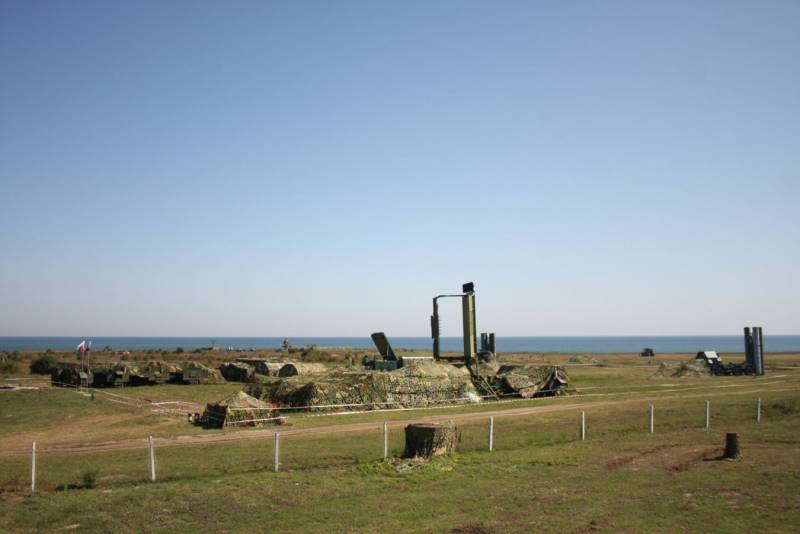
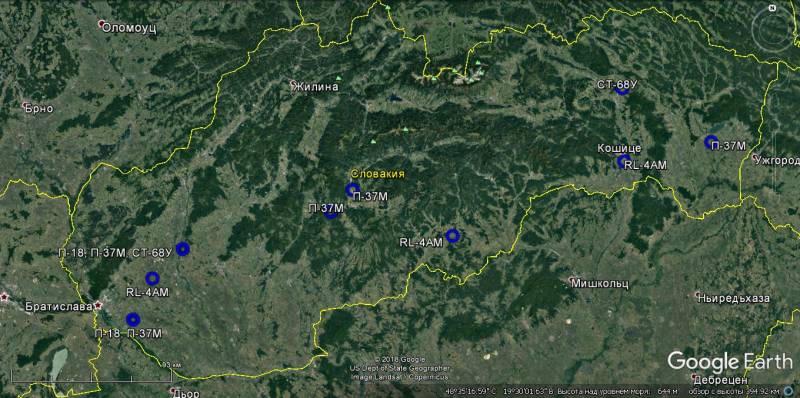
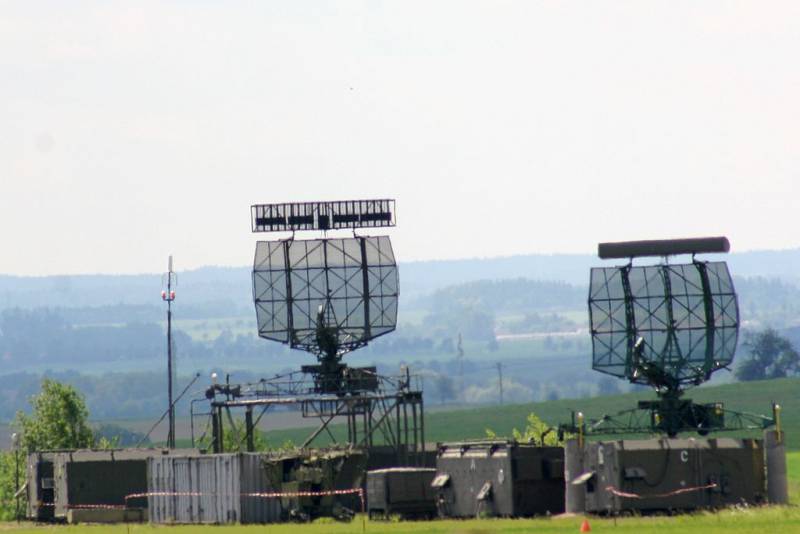
Information